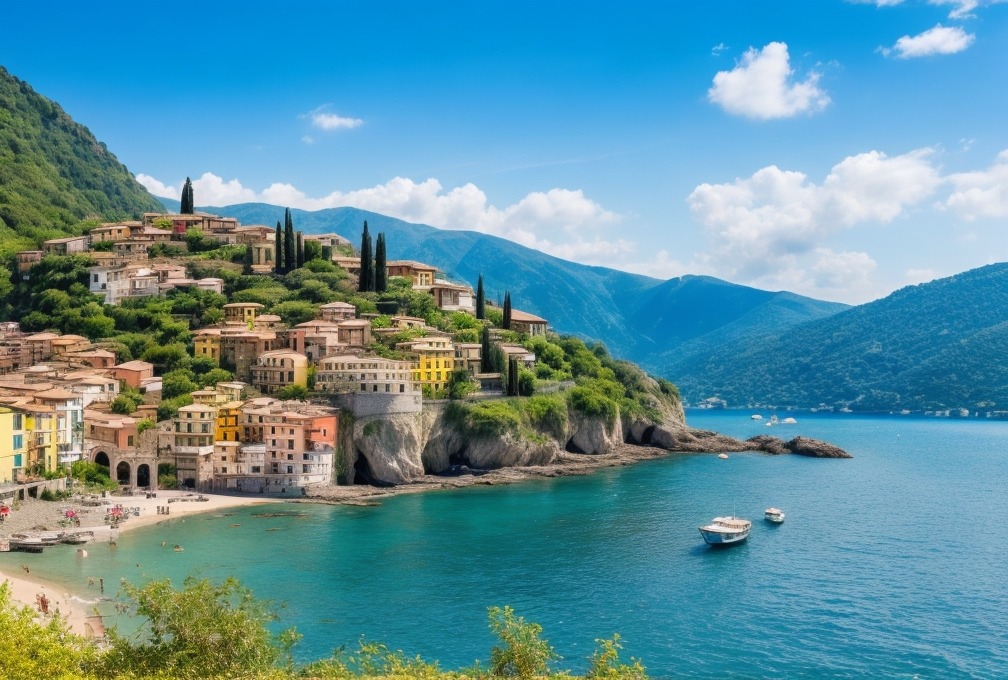
1. Introduction
Welcoming Italy: A Land of Wonders
Exploring Italy, a country steeped in history and adorned with stunning landscapes, is a dream destination for travelers around the world. From the ancient ruins of Rome to the picturesque canals of Venice and the rolling vineyards of Tuscany, Italy offers a rich tapestry of experiences waiting to be explored. In this comprehensive travel guide, I’ll be your virtual tour guide, helping you navigate this enchanting country and ensuring your first-time visit to Italy is truly unforgettable.
Table of Contents
2. Planning Your Trip
Setting the Stage: Preparing for Your Italian Adventure
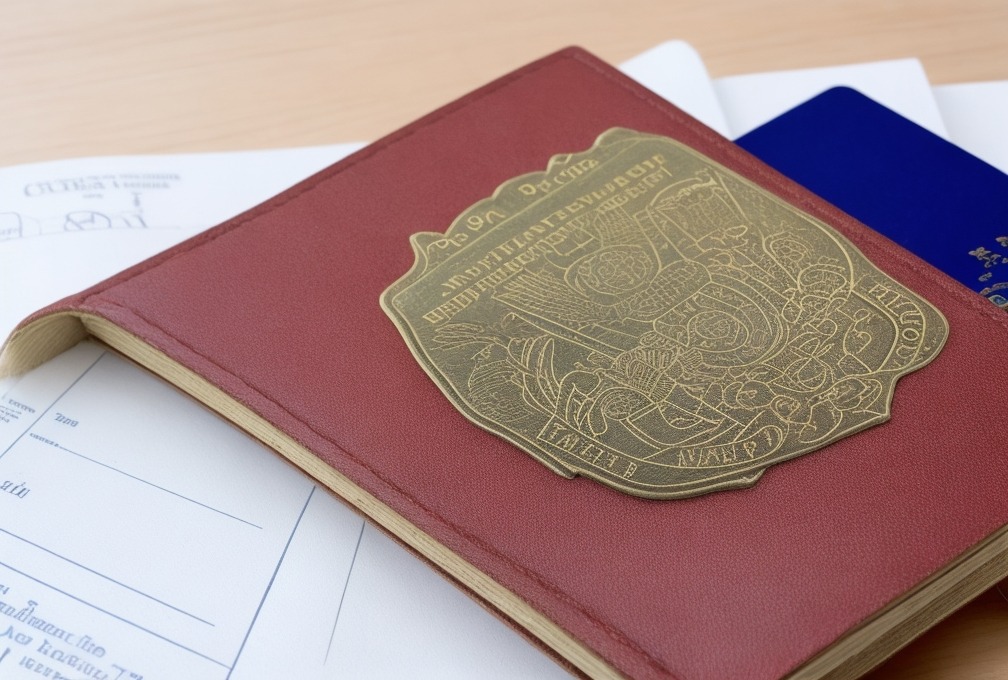
Passport, Visa, and Travel Insurance
Before embarking on your Italian journey, ensure your travel documents are in order. Check that your passport is valid for at least six months beyond your planned return date. Americans and British citizens do not require a visa for tourist stays of up to 90 days in Italy. However, travel insurance is a must. It provides peace of mind should unexpected events disrupt your trip.
Best Time to Visit and Exploring Italy
Italy’s climate varies from north to south, so choose your travel dates wisely. Spring (April to June) and autumn (September to October) are ideal times to visit, with pleasant weather and fewer crowds. Summer (June to August) is peak tourist season, while winter (November to February) offers a unique charm to Exploring Italy, especially in northern regions like the Dolomites.
Budgeting for Your Trip
Italy can be as budget-friendly or luxurious as you desire. Create a budget that includes accommodation, meals, transportation, and activities. Remember to factor in entrance fees to museums and attractions, as well as the cost of dining out. Italy offers options for every budget, from affordable hostels to boutique hotels and Michelin-starred restaurants to rustic trattorias.
3. Getting Around
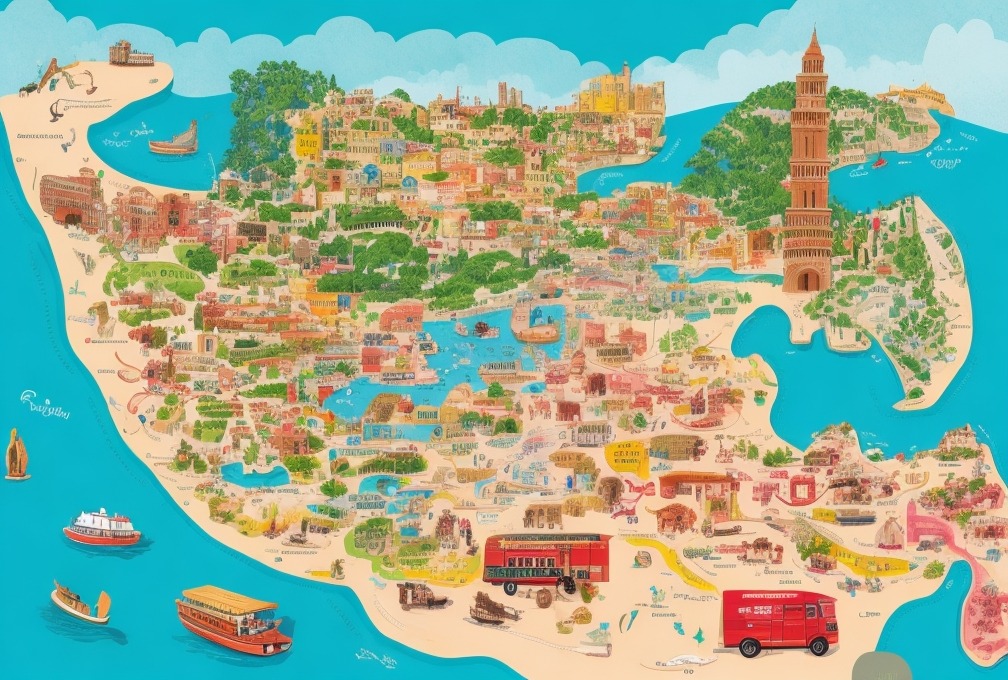
Navigating Italy: Transportation Options
Italy boasts an efficient and extensive transportation network that makes exploring the country a breeze.
Exploring Italy by Train
Trains are a popular and scenic way to travel between major cities. The high-speed trains, such as the Frecciarossa, connect cities like Rome, Florence, and Milan quickly and comfortably. Booking tickets in advance is advisable.
Renting a Car: The Freedom of the Road
For exploring Italy rural areas and quaint villages, renting a car is an excellent choice. Just be prepared for narrow roads and the need for an International Driving Permit (IDP) if you’re from the USA or UK.
Local Transport: Buses and Trams
Cities like Rome and Milan have efficient bus and tram systems. Consider purchasing city cards that offer unlimited public transportation for a set duration, saving you money and hassle.
4. Accommodation

Finding Your Italian Home Away from Home
Hotels, B&Bs, and Airbnb
Italy offers a wide range of accommodation options to suit all tastes and budgets. Hotels vary from luxurious five-star establishments to charming boutique inns. Bed and Breakfasts (B&Bs) provide a cozy and personal touch, while Airbnb allows you to stay in local homes for an authentic experience.
Authentic Stays in Agriturismos
For a unique experience, consider staying in an agriturismo. These farm stays offer a glimpse into rural Italian life, complete with homemade meals and countryside tranquility.
5. Must-Visit Destinations
Italy’s Gems: Unforgettable Places to Explore
Italy is a treasure trove of iconic destinations, each with its own allure.
Rome: The Eternal City
Rome, the capital, is a city where history comes to life. Explore the Colosseum, Roman Forum, and the Vatican, then toss a coin into the Trevi Fountain for good luck.
Florence: A Renaissance Masterpiece
Florence, the birthplace of the Renaissance, is a haven for art lovers. Visit the Uffizi Gallery and marvel at Michelangelo’s David at the Accademia Gallery.
Venice: A City on Water
Venice is a romantic and unique city built on canals. Take a gondola ride along the Grand Canal and explore St. Mark’s Square.
The Amalfi Coast: Breathtaking Views
The Amalfi Coast is a coastal paradise with colorful cliffside villages like Positano and pristine beaches.
Tuscany: Rolling Hills and Vineyards
Tuscany’s landscapes are straight out of a postcard. Visit wineries in Chianti and wander the charming streets of Siena.
Sicily: A Taste of the Mediterranean
Sicily offers a blend of cultures and stunning landscapes. Explore ancient ruins in Agrigento and savor Sicilian cuisine.
6. Cultural Experiences
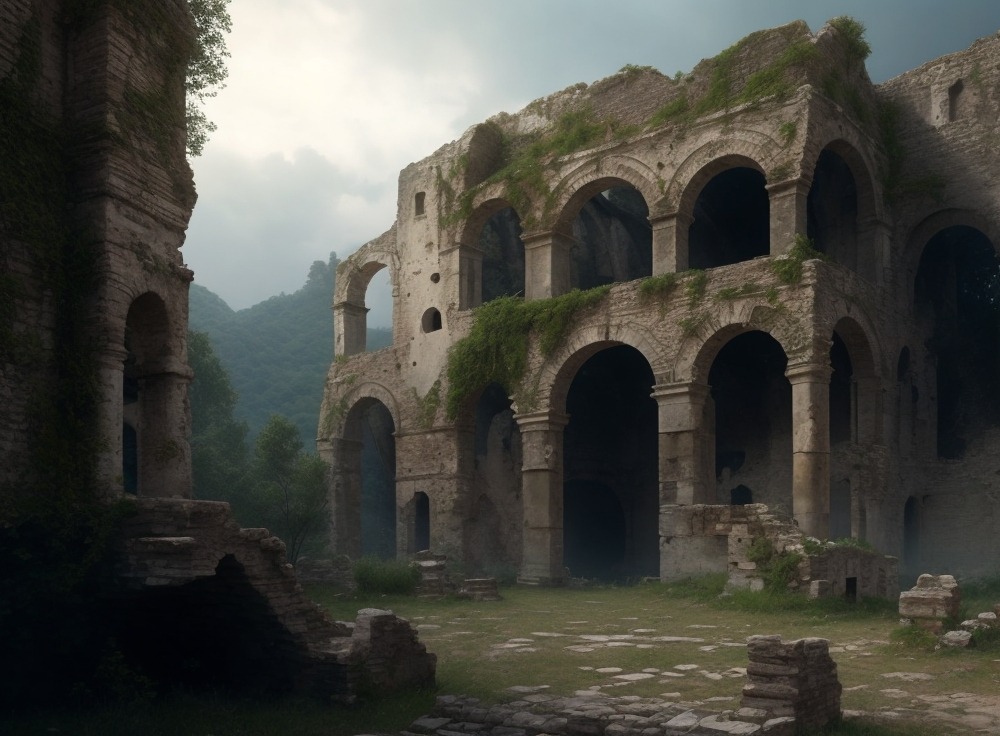
Immerse Yourself in Italy’s Rich Culture
Art and History: Museums and Galleries
Italy is a living museum. Explore world-class art at the Vatican Museums, the Louvre of Italy, and admire masterpieces by Leonardo da Vinci, Raphael, and Caravaggio.
Culinary Adventures: Pasta, Pizza, and More
Italian cuisine is a journey in itself. Savor authentic pasta in Rome, indulge in Neapolitan pizza in Naples, and sample gelato in Florence.
Language and Communication Tips
While English is widely understood in tourist areas, learning a few Italian phrases can enhance your experience. “Grazie” (thank you) and “Buongiorno” (good morning) go a long way in establishing rapport with locals.
7. Outdoor Adventures
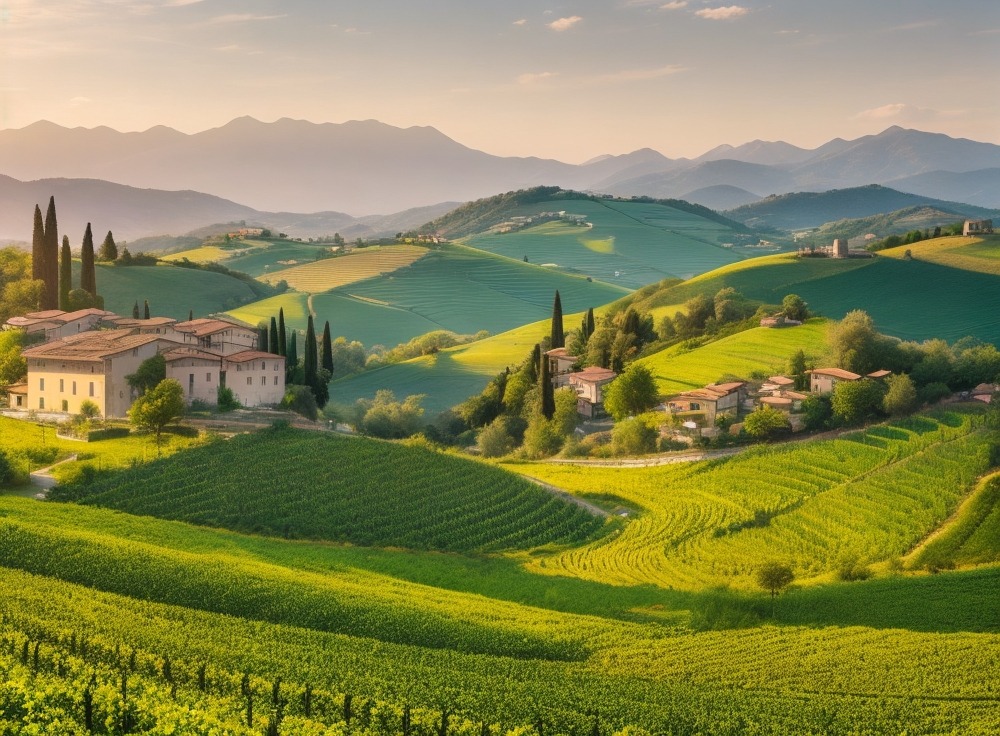
Italy’s Natural Beauty: Outdoor Activities
Hiking in the Dolomites
The Dolomites offer breathtaking hiking trails. Explore the Tre Cime di Lavaredo or take a cable car to the top of Mount Marmolada for panoramic views.
Cycling in Tuscany
Tuscany’s rolling hills are perfect for cycling. Rent a bike and pedal through vineyards and charming villages.
Watersports on the Italian Lakes
Italy’s lakes, including Lake Como and Lake Garda, offer opportunities for swimming, sailing, and windsurfing. Enjoy the serene waters surrounded by picturesque landscapes.
8. Shopping and Souvenirs
Treasures of Italy: What to Buy
Exploring Fashion and Design
Italy is synonymous with fashion. Shop for high-quality leather goods in Florence, designer labels in Milan, and unique finds in local markets.
Local Artisanal Products
Bring a piece of Italy home by purchasing handmade ceramics from the Amalfi Coast, Murano glass in Venice, or olive oil from Tuscany.
Antiques and Collectibles
If you’re a collector, explore antique shops in Rome and Florence for unique treasures.
9. Dining and Cuisine – Exploring Italy
Italian Food: A Culinary Delight
Regional Specialties
Each region in Italy has its culinary specialties. Try risotto in Milan, seafood in Sicily, and hearty pasta dishes in Bologna.
Dining Etiquette
Italians take their food seriously. Remember to ask for the bill, as it’s considered impolite for the waiter to bring it without request.
Gelato: Italy’s Sweet Treat
Indulge in gelato, Italy’s version of ice cream. Try unique flavors like tiramisu, pistachio, and stracciatella.
10. Nightlife and Entertainment
After Dark: Italy’s Vibrant Nightlife
Exploring Italy nightlife is a lively and social affair that often extends into the late hours. Here’s a taste of what to expect:
Bars and Pubs
Exploring Italian bars, or “bars” as they’re commonly known, are the heart of social life. Enjoy an aperitivo, a pre-dinner drink accompanied by a selection of snacks, before heading out for dinner. In cities like Rome and Milan, you’ll find trendy cocktail bars with live music and DJs.
Theatres and Opera
Italy has a rich theatrical tradition, and attending a play or opera performance is a cultural treat. Check out Teatro alla Scala in Milan or Teatro di San Carlo in Naples for world-class opera productions.
11. Safety and Health
Staying Safe and Healthy in Italy
Emergency Contacts
In case of emergencies, dial 112 in Italy for immediate assistance. It’s also a good idea to keep a list of local embassy contact information for your home country.
Travel Vaccinations Before Exploring Italy
Before your trip, consult your doctor about any necessary vaccinations or health precautions. Italy generally has good healthcare facilities, but travel insurance can provide extra peace of mind.
Italian Healthcare System
If you require medical assistance, Italy offers high-quality healthcare. Pharmacies are marked with a green cross, and over-the-counter medicines are available. For non-emergencies, you can visit a local “guardia medica” clinic.
12. Cultural Etiquette
Navigating Italian Social Norms
Greetings and Gestures
Italians are warm and welcoming. A common greeting is a kiss on both cheeks, even when meeting someone for the first time. A firm handshake is also appropriate. When addressing people, use titles like “Signor” (Mr.) or “Signora” (Mrs.) followed by their last name.
Dress Code: Exploring Italy
Italians take pride in their appearance, and dressing well is a sign of respect. When visiting churches and religious sites, wear modest clothing that covers your shoulders and knees. In upscale restaurants, smart-casual attire is appreciated.
13. Language
Speaking Italian: Handy Phrases for Travelers
Common Italian Phrases
While many Italians speak English in tourist areas, making an effort to speak Italian is always appreciated. Here are some useful phrases:
- “Grazie” – Thank you
- “Buongiorno” – Good morning
- “Per favore” – Please
- “Dove si trova…” – Where is…
- “Quanto costa?” – How much does it cost?
- “Posso avere il conto?” – Can I have the bill?
14. Local Tips and Insights
Insights from Locals: Hidden Gems and Recommendations
Off the Beaten Path: Exploring Italy
To truly immerse yourself in Italian culture, venture beyond the tourist hotspots. Seek out local trattorias where the menu changes daily, visit charming villages like Orvieto in Umbria, and explore the untouched beauty of Matera in Southern Italy.
15. Travel Tips to Exploring Italian
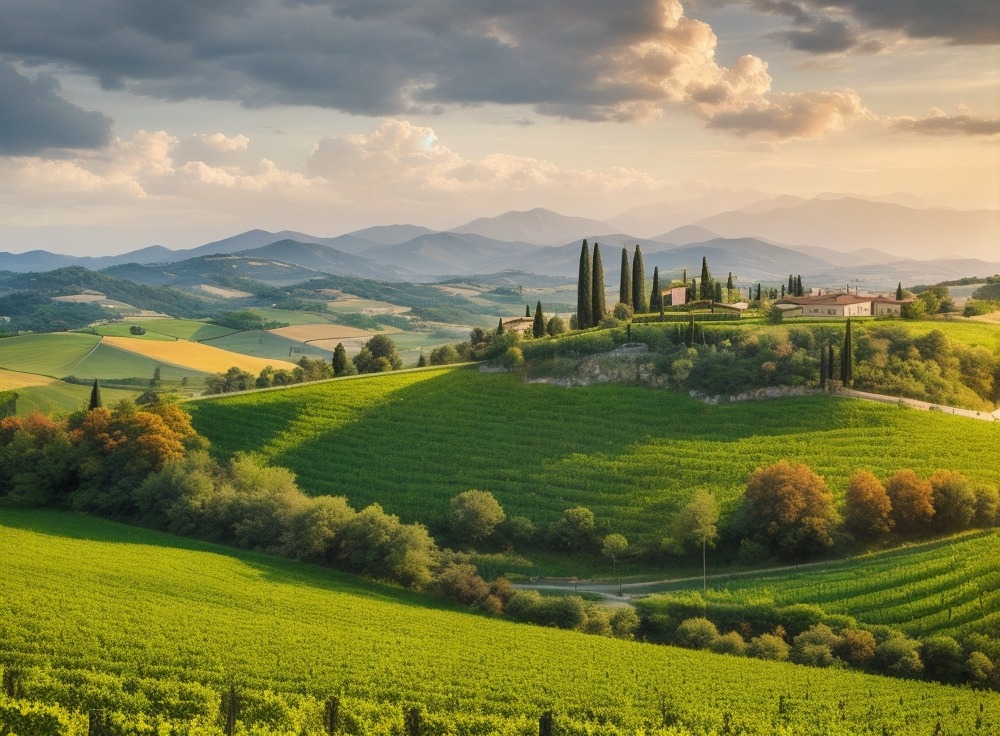
Pro Tips for a Smooth Italian Adventure
Tipping Guidelines
Tipping is appreciated but not mandatory in Italy. In restaurants, leaving a small tip is common, rounding up the bill or adding 10% is customary. In cafes, you can leave small change. Taxi drivers appreciate rounding up the fare.
Staying Connected: SIM Cards and Wi-Fi
Stay connected with an Italian SIM card or utilize Wi-Fi available in most hotels, cafes, and public spaces. You can purchase SIM cards from local providers at airports or stores.
16. Traveling with Kids in Italy
Family-Friendly Italy: Tips for Traveling with Children
Kid-Friendly Attractions in Italy
Italy welcomes families with open arms. Children will love exploring ancient ruins, riding gondolas in Venice, and enjoying gelato on warm summer days.
Childcare and Safety
Many hotels offer childcare services, and Italian restaurants are accommodating to young diners. Ensure your child’s safety by using appropriate car seats in rental cars and keeping a close eye on them in crowded areas.
17. Traveling on a Budget: Exploring Italian
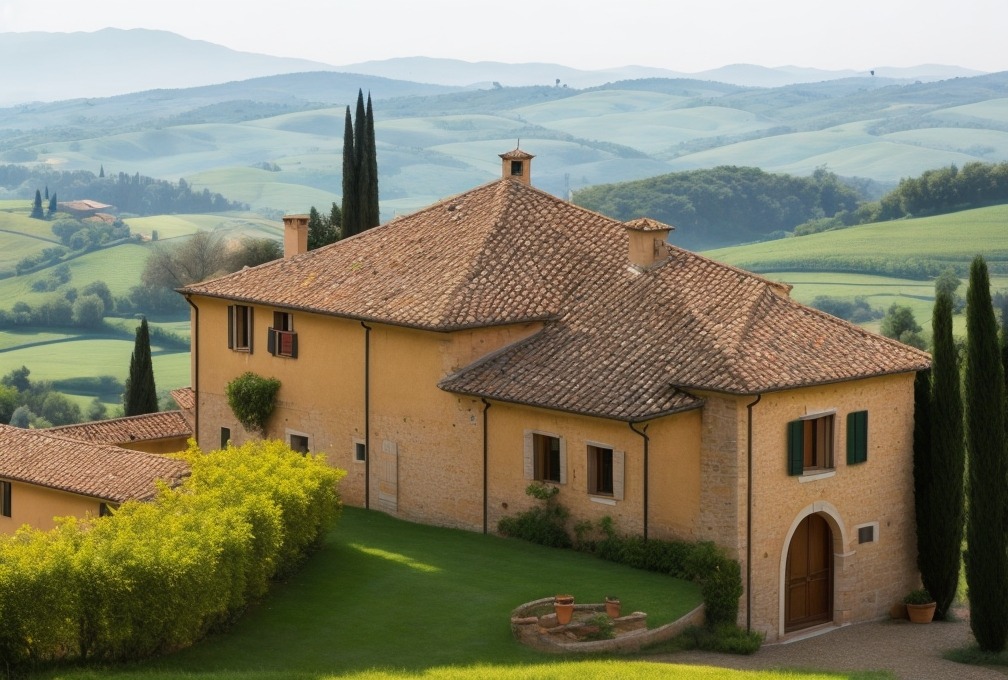
Exploring Italy Affordably: Money-Saving Tips
Free Attractions
Italy offers numerous free attractions, including stunning piazzas, historic sites, and beautiful parks. Research and plan your itinerary to include these cost-effective options.
Budget Dining
For budget-friendly dining, seek out local trattorias and pizzerias. The daily specials often offer excellent value, allowing you to savor Italian cuisine without breaking the bank.
18. Responsible Travel
Tread Lightly: Sustainable Travel in Italy
Eco-Friendly Accommodation
Choose eco-friendly accommodations that prioritize sustainability. Look for hotels with green certifications or agriturismos that focus on organic farming.
Reducing Plastic Waste
Help reduce plastic waste by carrying a reusable water bottle and shopping bag. Many cities in Italy have water fountains where you can refill your bottle.
19. Travel Insurance
Peace of Mind: Why You Need Travel Insurance
Travel insurance is essential for protecting yourself against unexpected events, such as trip cancellations, medical emergencies, or lost luggage. Invest in comprehensive coverage to ensure a worry-free adventure.
20. Common Queries for First-Time Italy Travelers (FAQs)
Is it safe to drink tap water in Italy?
Yes, tap water in Italy is generally safe to drink. However, in some areas, the taste may differ, so you can opt for bottled water if you prefer.
How much should I tip in restaurants?
A 10% tip is customary in restaurants, but it’s not obligatory. Service charges may be included in the bill, so check before adding a tip.
What should I wear when visiting churches in Italy?
When visiting churches and religious sites, dress modestly. Wear clothing that covers your shoulders and knees to show respect.
Do I need to speak Italian to get around?
While English is commonly spoken in tourist areas, learning a few basic Italian phrases can enhance your travel experience and help you connect with locals.
What’s the best way to experience authentic Italian cuisine?
To savor authentic Italian cuisine, dine in local trattorias and ask for recommendations from locals. Try regional specialties for an authentic taste of Italy.
How can I avoid crowds at popular tourist attractions?
To avoid crowds, visit popular attractions early in the morning or late in the afternoon. Consider purchasing skip-the-line tickets in advance.
Are credit cards widely accepted in Italy?
Credit cards are widely accepted in cities and tourist areas. However, it’s a good idea to carry some cash, especially in rural areas or smaller establishments.